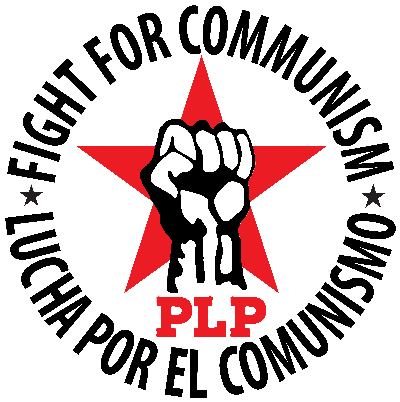The recent revelation that 70% of the guns seized by police and the army in the Mexican drug war are in fact from the United States (Christian Science Monitor, 6/15) has infuriated people on both sides of the border. But for those who have followed the drug trade since the 1980s, the revelations of U.S. officials fueling the drug trade were nothing new.
The transfer of guns from the U.S. to Mexico was largely orchestrated by the U.S. Alcohol, Tobacco and Firearms (ATF) agency in an operation codenamed “Fast and Furious.” Now that disgruntled ATF officials have leaked the story to the press, the Justice and State Departments have moved quickly to deny involvement and lay the blame at the feet of the ATF. However, in the wake of the ATF’s bungling of the 1994 Branch Davidian standoff, it is hard to believe that they would have undertaken such an operation without Bush and Obama administration support.
Indeed the U.S. ruling class has a long history of supporting the drug trade in Latin America. In 1982 the CIA linked up the Medellin Cartel in Colombia with the anti-communist death squads in El Salvador and Nicaragua and built the cocaine pipeline between Colombia and the United States. The 38% increase in cocaine users in the United States and the ensuing crack epidemic covertly funded the anti-communist wars in Central America. Drugs flowed north from Colombia to El Salvador and Nicaragua and then through Mexico into the U.S. Southwest or over the Gulf into Florida. Then guns and money for the death squads flowed south through the same channels. (See Gary Webb’s “Dark Alliance” series in the San Jose Mercury, 8/18-20/1996).
Even after the scandal broke that the CIA had been nurturing and building these drug pipelines, the CIA continued to operate its Latin American drug-running operation (Washington Post, 3/17/1998). It is therefore not surprising that along with fueling wars in Nicaragua, El Salvador, and Colombia, the U.S. is also fueling the Mexican drug war.
The only real question left is that of the U.S. ruling-class’ motive. U.S. capitalists, who have always viewed Mexico as their backyard, have long resented Mexico’s 1917 Constitution that limited the ability of foreign powers to exploit Mexico’s labor and resources. Finally, in the 1980s, after decades of U.S. pressure on the Mexican state, the U.S. ruling class was able to exacerbate (some say create) a series of economic crises that began in 1982. Conditions attached to the U.S.-led “bailout” loans were used to begin to dismantle the 1917 Constitution. Mexico’s laws protecting against U.S. exploitation then took another tremendous hit with the 1994 passing of the North American Free Trade Agreement (NAFTA).
The use of the drug war to further destabilize the Mexican state is a continuation of the U.S. ruling-class’ drive to re-subordinate Mexico to U.S. imperialism (La Jornada, 3/26/2009). With U.S. guns flowing to both the drug cartels and the Mexican military, which has been given expansive policing powers, violence has predictably skyrocketed and it is the working class that has found itself in the crosshairs; 34,612 people have died in the last four years of the drug war in Mexico (AP, 1/12). The vast majority were poor workers in no way associated with the drug trade.
And that’s the point: the “drug war” has not been about drugs at all, but rather about terrorizing Mexico’s workers. The facade of the drug war hides the massive maquiladora slave-labor empire the U.S. has built in Mexico. It hides the fortunes that Mexican capitalists like Carlos Slim have made stealing public utilities and goods. It justifies the militarization of the U.S./Mexico border and the ratcheting up of anti-immigrant racism that makes U.S. capitalists rich. Stopping the flow of drugs is about the only thing the drug war doesn’t do.

